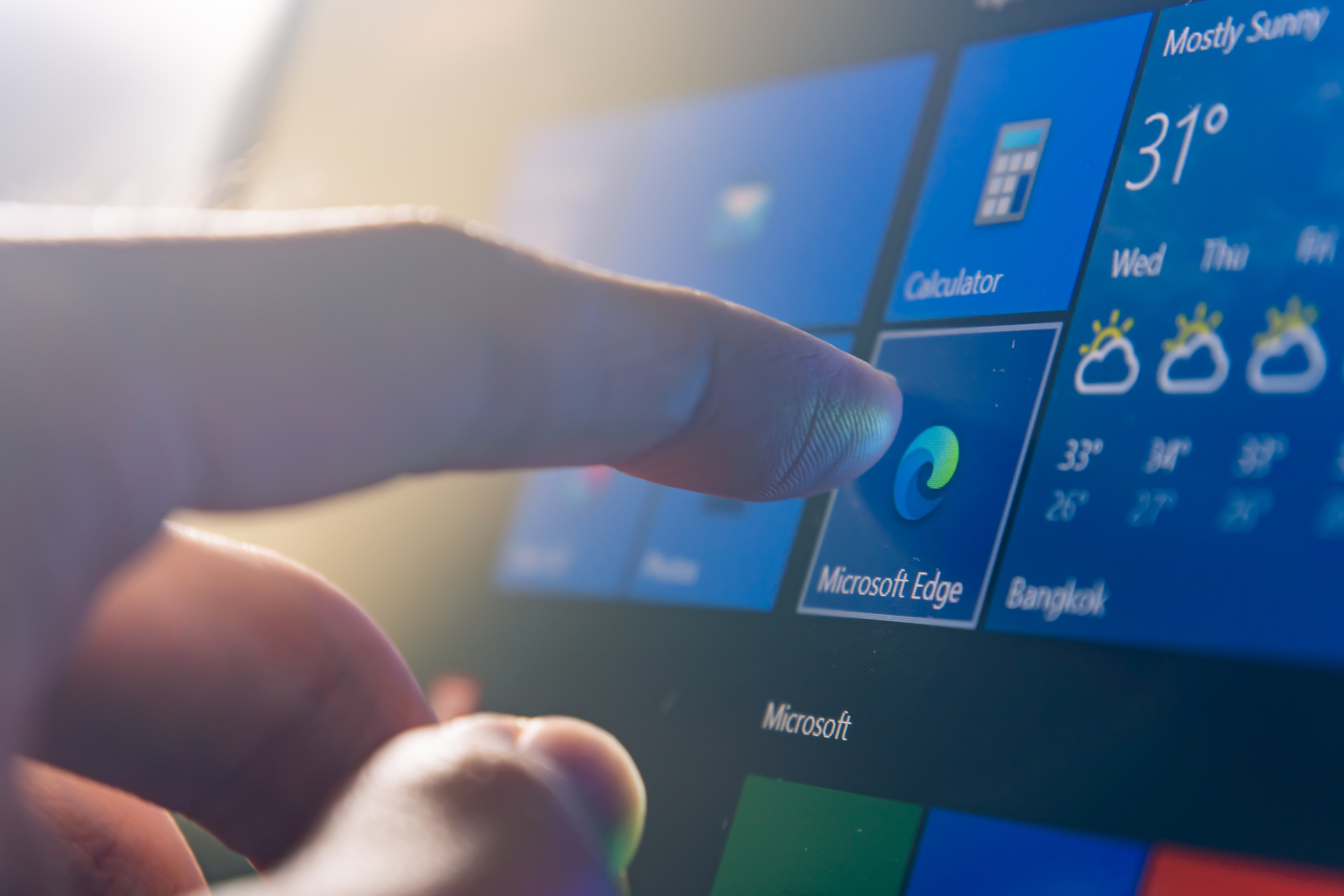ARM CHIP MAKERS have been pushing Microsoft to port Windows to the power-sipping processors for a long time. It finally started happening in 2017, thanks to performance improvements by Qualcomm and its Snapdragon platform. Last year’s highly public move by Apple to use its own ARM processor, the M1, only strengthened the case for ARM-powered PCs.
Roger Kay, president of Boston-area Endpoint Technologies Associates, believes 2021 will be the breakout year for Windows on ARM, partly because of Apple’s move. “Now most PC tasks can be done well enough by ARM,”” he says. “”Plenty of notebook user profiles are completely satisfied by ARM processes today, and more will be in the future.”
It will take time for the market to shift broadly to ARM-based devices, Kay continues, but Apple’s move will open the floodgates for everyone else. “That’s a marketing effect we didn’t get with earlier models.”
Jim McGregor, principal analyst at Tirias Research, in Show Low, Ariz., agrees that Apple’s M1 “”gave more credibility to ARM-based PCs.” He, in fact, is disappointed that adoption hasn’t taken off before, based on his experience using two mobile PCs with Snapdragon processors. One immense advantage, he says, is battery life measured not in hours but days—McGregor gets two full days out of a single charge.
Nuts and Bolts
In theory, Kay says, Windows will run exactly the same on ARM chips as on Intel processors. The downside is “”it takes a lot of rewriting to make the OS work right” on ARM.
Today Qualcomm leads the PC-focused ARM chip makers with three generations of processors: the Snapdragon 835, 845, and most recent 8cx. “The major PC vendors see these options as good for them,” says McGregor. “Samsung, Lenovo, ASUS, and HP are all working on these, and Samsung has Chromebooks running on the ARM processor they developed.”
Mobile PCs will see the fastest growth of Windows on ARM products, says McGregor. “Cloud connectivity becomes really critical, and the systems switch from Wi-Fi to LTE easily.”
Other advantages match those of smartphones, including instant-on access and always-on notifications you don’t get with a laptop until you power up. 2021 will see a slow ramp-up as people replace laptops and new ARM models become available, Kay adds.
McGregor points out that the ARM platform’s nonstop cloud connectivity relies on the cellular network and thus comes with a monthly cellular bill, which not everyone is willing to pay. The retail channel remains behind the curve on ARM devices too. “The first generation of these from Microsoft weren’t even carried in their own outlets. Major carriers had no clue, even though they needed a SIM card to boot. I had to initialize the SIM on a tablet and move it to the PC.”
Builders with carrier experience will have an opportunity to streamline this process for customers and offer billing convenience.
Moreover, resellers and builders will have options for different classes of user, Kay says. In the past, customers separated task workers and performance workers. Now mobile devices suitable for tasks and Office 365 will be options for desktop users. “Maybe half of SMBs can be happy with these systems. Chrome proved you can get away with a lot less performance with a cloud emphasis.” He adds that paying a cellular bill each month will make sense to keep field techs and the sales force connected, but not for those in the office.
Finally, the continuing marketing push for 5G and always-on connectivity will increase demand for Windows on ARM portable devices, McGregor predicts. “These have changed the way I use my PC,” he says. “Road warriors think these are awesome, and that will increase the market for the next four or five years.”
He concludes: “PCs are exciting again. We got ARM for mobility and graphics for gaming. The last decade has been ho-hum, but connectivity changes the way we use PCs, and customers will reevaluate their PC usage models thanks to these alternative systems.”
Image: iStock














